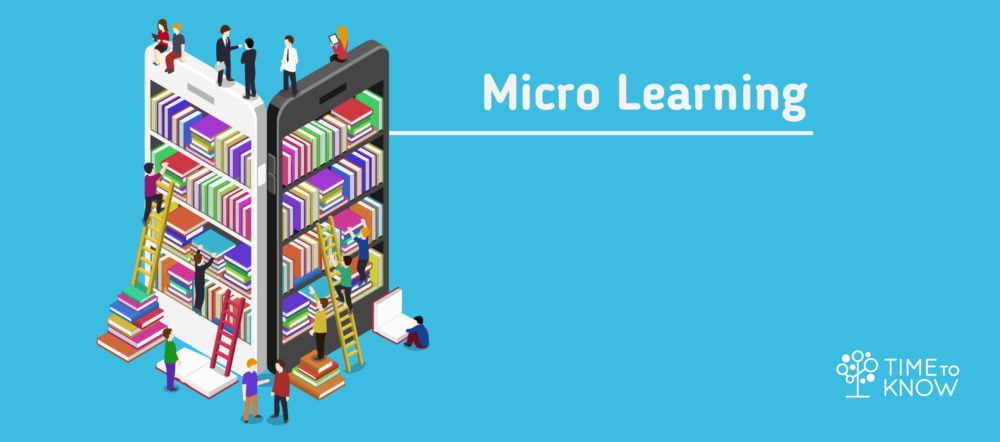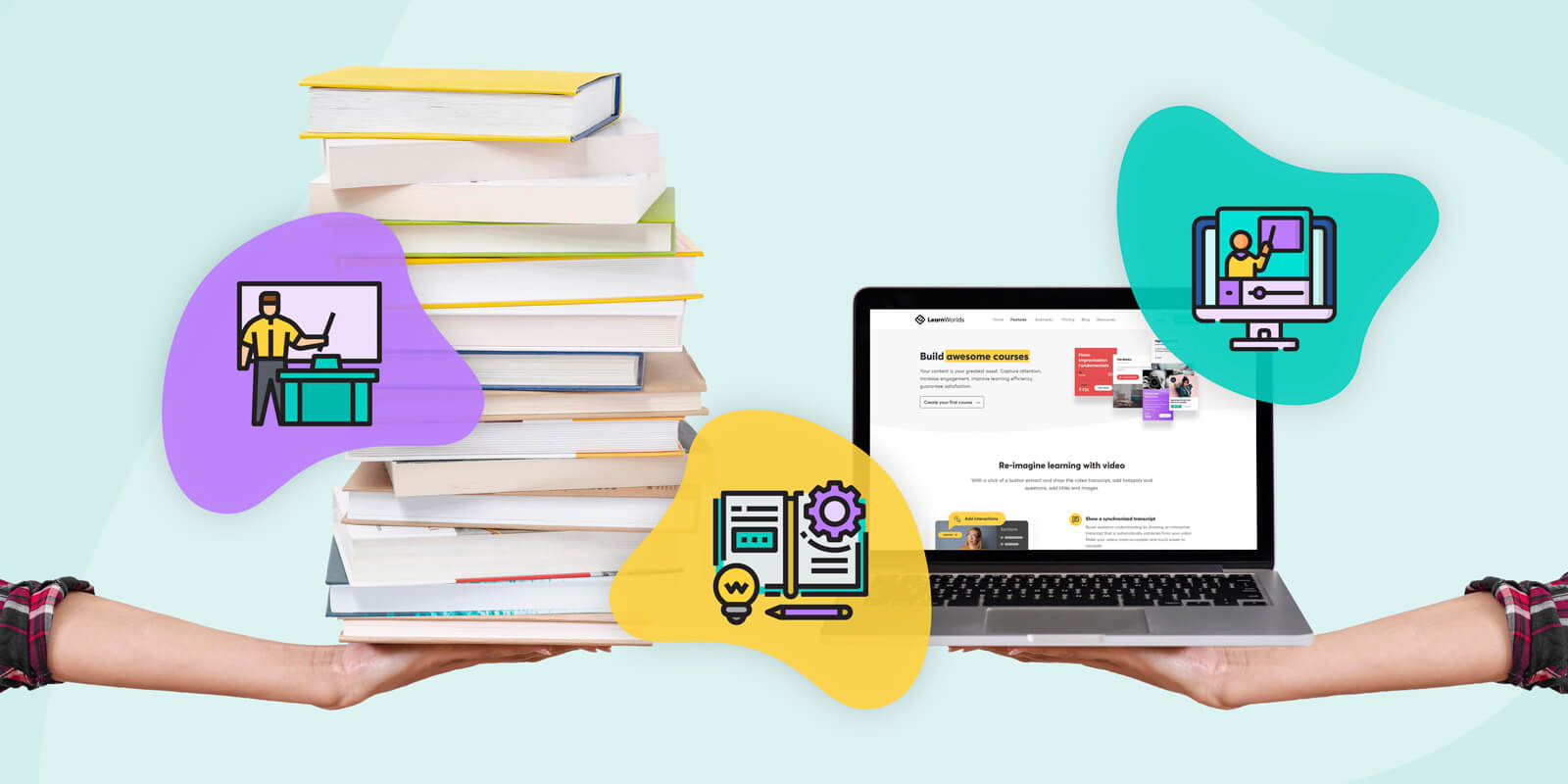Microlearning: Empowering Busy Professionals
If you’re looking for a more efficient way to learn new information, microlearning might be the answer you’re looking for. Microlearning is a learning approach that involves breaking down complex information into small, easily digestible chunks. These chunks of information can be delivered in a variety of formats, including videos, podcasts, quizzes, and interactive games.
One of the benefits of microlearning is that it allows you to learn at your own pace. Instead of sitting through long lectures or training sessions, you can focus on specific topics that you need to learn or review. This can be especially helpful for busy professionals who have limited time to devote to learning. Microlearning can also be more engaging than traditional learning methods, as it often involves interactive elements that keep learners interested and motivated. Additionally, microlearning can be more cost-effective than traditional learning methods, as it requires fewer resources and can be delivered online.
What is Microlearning?
Microlearning is an approach to learning that focuses on delivering small, bite-sized units of information to learners. These units can be in the form of text, quizzes, games, challenges, images, infographics, audio, simulations, and more. The goal is to keep the content quick and engaging, so that learners can easily retain the knowledge and apply it in their work.
Defining Microlearning
Microlearning is a learning strategy that breaks down complex concepts into small, easily digestible chunks of information. It is designed to fit into the flow of work, making it more accessible and flexible for learners. Microlearning can be delivered through a variety of devices, including smartphones and tablets, and can be personalized to meet the needs of individual learners.
Benefits of Microlearning
Microlearning has several benefits that make it an effective learning strategy. It is cost-effective, as it requires less time and resources to develop than traditional learning methods. It also has a higher retention rate, as learners are more likely to remember small units of information than large, complex concepts. Microlearning is also accessible, making it ideal for remote and mobile learning.
Microlearning Examples
There are several examples of microlearning that demonstrate its effectiveness. TED-Ed, for example, delivers short, animated videos that explain complex concepts in a fun and engaging way. Duolingo, a language-learning app, uses gamification to keep learners engaged and motivated. Microlearning can also be used for employee onboarding and skills training, delivering just-in-time learning that is relevant and applicable to the job.
Microlearning is an effective learning strategy that delivers small, bite-sized units of information to learners. It is engaging, accessible, and cost-effective, making it ideal for commercial and corporate training. By breaking down complex concepts into small units of information, microlearning can help learners retain knowledge and improve their productivity.
How to Create Effective Microlearning
Microlearning is a powerful tool for delivering quick, engaging, and effective training content. Here are some tips to help you create microlearning that drives knowledge retention, engagement, and productivity.
Designing Microlearning Content
When creating micro-learning content, it’s important to focus on a single learning objective and keep the content concise. Be strict about what content to keep and what to lose. You can use a variety of content types to keep learners engaged, such as videos, text, quizzes, games, images, and infographics.
To create effective microlearning, identify and differentiate between must-learn and learn-on-need content. Focus on must-learn content and then provide links to learn-on-need content so that learners can explore it later in their free time. To gamify a microlearning module, game attributes enhance target behaviors or attitudes.
Types of Microlearning Content
You can create many types of microlearning content, including quick videos, simulations, apps, and audio recordings. Choose the type of content that is most appropriate for your audience and learning objectives. Mobile learning is also an effective way to deliver microlearning content, as it allows learners to access training on their smartphones and other mobile devices.

Best Practices for Creating Microlearning
To create effective microlearning, keep these best practices in mind:
- Personalize the learning experience to drive engagement and knowledge retention
- Use gamification to make learning fun and engaging
- Keep the content short and focused on a single learning objective
- Use multimedia to keep learners engaged and appeal to different learning styles
- Reinforce learning with quizzes and challenges
- Use infographics and other visual aids to help learners process complex concepts
- Make sure your microlearning content is accessible and mobile-friendly
- Use a variety of learning strategies to keep learners engaged and drive in-depth training
- Use just-in-time learning to deliver training content when learners need it most
- Reinforce learning over time to combat the forgetting curve
By following these best practices, you can create microlearning content that is engaging, effective, and cost-effective. Microlearning is a powerful tool for employee training, customer service, and commercial training. With the right approach, you can drive knowledge retention, engagement, and productivity with microlearning.
Implementing Microlearning in Corporate Training
Microlearning is an effective way to train employees in a corporate setting. It involves delivering training content in small, easily digestible chunks, which allows learners to quickly and efficiently absorb information. In this section, we will explore why microlearning is effective for corporate training, how to integrate microlearning into corporate training, and how to measure the effectiveness of microlearning in corporate training.
Why Microlearning is Effective for Corporate Training
Microlearning is effective for corporate training for several reasons. Firstly, it is more engaging than traditional training methods. Microlearning content’s short, interactive nature keeps learners engaged and motivated to learn. Secondly, microlearning is more accessible than traditional training methods. Microlearning content can be accessed on various devices, including smartphones, allowing learners to access training content on the go. Finally, microlearning is more cost effective than traditional training methods. The short, focused nature of microlearning content means that it is more affordable to produce than longer, more in-depth training content.
How to Integrate Microlearning into Corporate Training
Integrating microlearning into corporate training involves a few key steps. Firstly, you need to identify the skills gaps in your workforce and processes that need to be addressed with training. Once you have identified these gaps, you can develop microlearning training goals and create a comprehensive lesson plan. Encourage employees to continually use microlearning by making it easily accessible anytime, from anywhere. You can also personalize microlearning content to drive engagement and motivation. Finally, gamification and other techniques make microlearning content more engaging and interactive.
Measuring the Effectiveness of Microlearning in Corporate Training
Measuring the effectiveness of microlearning in corporate training is essential to ensure that your training strategy is delivering the desired outcomes. You can measure the effectiveness of microlearning by tracking learning outcomes and objectives and measuring ROI. Use tests and quizzes to assess employee knowledge retention and use data analytics to track engagement and productivity. By measuring the effectiveness of microlearning in corporate training, you can continuously improve your training strategy and ensure that your employees are receiving the best possible training.
In conclusion, microlearning is an effective way to train employees in a corporate setting. By delivering training content in small, easily digestible chunks, you can keep learners engaged and motivated to learn. By following best practices and using techniques such as gamification and personalization, you can create effective microlearning content that delivers real results. By measuring the effectiveness of microlearning in corporate training, you can continuously improve your training strategy and ensure that your employees are receiving the best possible training.
Conclusion
In this article, you have learned about the concept of microlearning and how it is an effective learning method that uses small chunks of information and just-in-time multimedia content to teach skills, knowledge, and behaviors. By breaking down complex topics into bite-sized modules and incorporating interactive elements, educators can create a more engaging and effective learning experience.
Microlearning is a great way to deliver targeted learning outcomes, especially for busy professionals who have limited time to dedicate to learning. It can occur during short windows of time and on a wide variety of devices, enabling flipped classrooms, blended learning, and online instruction.
One of the key benefits of microlearning is that it can increase the feelings of confidence and accuracy in the work of personnel. This is particularly important in today’s fast-changing business environment in the big data age, where work-based learning needs digital transformations to keep up with the pace of change.
Overall, microlearning is a powerful tool for engaging learners and delivering effective learning outcomes. By incorporating this approach into your learning and development strategy, you can help your learners acquire new skills and knowledge in an engaging, effective, and efficient way.







